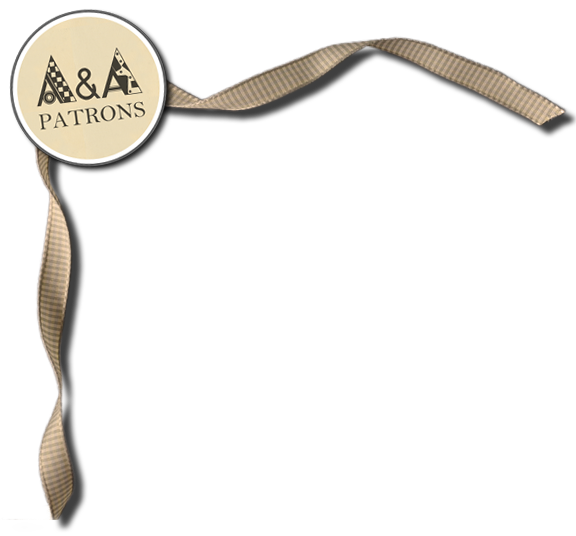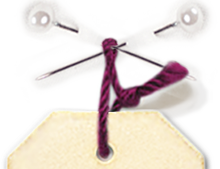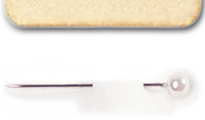A brief history
AFNOR (French Standards Agency) conducted in 1977 a campaign of measurements on the French population, in order to develop tables of body measurements: man, woman and child and a standardized labeling of making . This labeling was never actually put into practice because of the disappearance of the frech sizes (36,38 etc. ..) in favor of a significant measurements ranking, chest, waist, etc...
These measurements were used as a basis for the designers work and the world of clothing into the 2000s (for those wanting to follow because many companies have their own references, which explains the disparity in size following brand). The customer feedback on the non-matching clothes with the bodies showed their evolution and thus the need create new measurement tables.
In 2008, at the request of a professionals group, IFTH (French institute of textile and clothing), organized a major measurements campaign performed throughout France with cabins developed for a more reliable action. All data were analyzed in order to establish new measurements tables.
Tables available on the website are those of the AFNOR 1977 revised in 1987.
Tables of measurements developed by IFTH in 2008 are reserved for professionals, use is under license ( the purchase is quite expensive).
How to use the measurements tables
Firstly, you should know they can help you and give you a basis but they don’t reflect anymore the French population today.
Comparing with the recent measurement tables, we can see that, specially for women, the waist measurement is thicker.
They are still used to manufacture sewing or knitting patterns for home designing and sewing. Professional use is definitively not serious.
All measurements given are body measurements taken without any ease.
Gradation sheets sold on the website:
First, what is it?
A gradation sheet, from a standard size reference pattern, enables to get all other sizes by direct drawing.
All gradation sheets have been developed in the A&A design office. Developments have been based on AFNOR 1987 measures tables data.
All points of the pattern change in abscissa and ordinate in parallel to the straight grain and to the bust line.
This method is only valid when starting with a basis pattern in standard size, a custom tailored pattern fits to a single person and can’t be graded.
Previous or back to :




![]()
Sewing, knitting, embroidery, easy and fashion blog
Measurement tables
Oct 16, 2012 12:00:00 AM
Comments
Posted in
General information
By A&A













